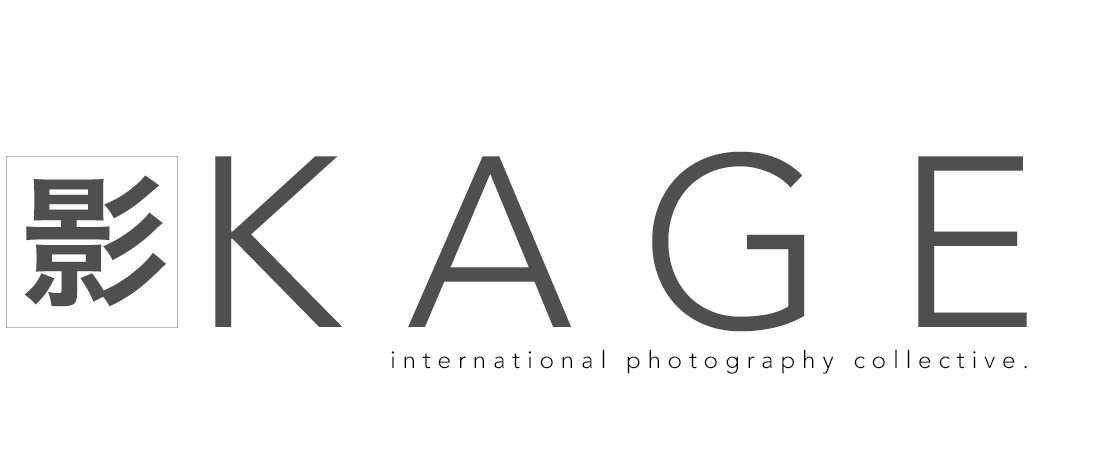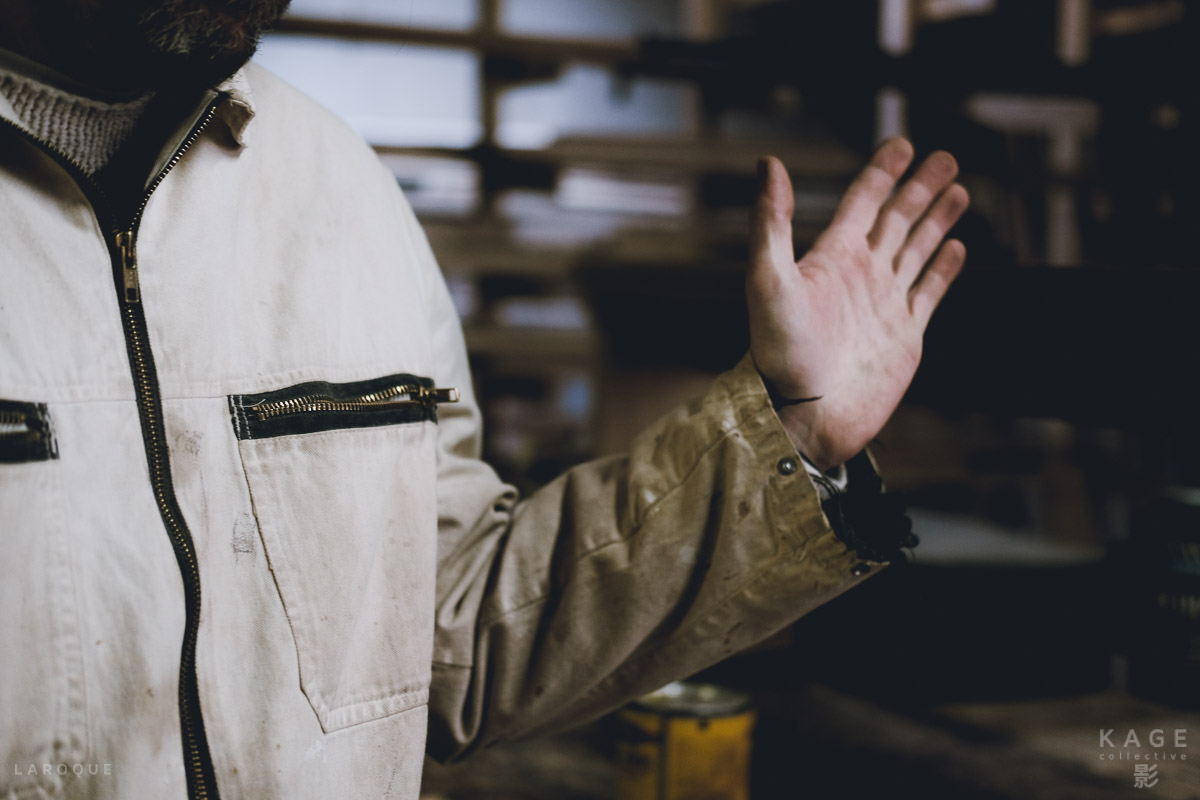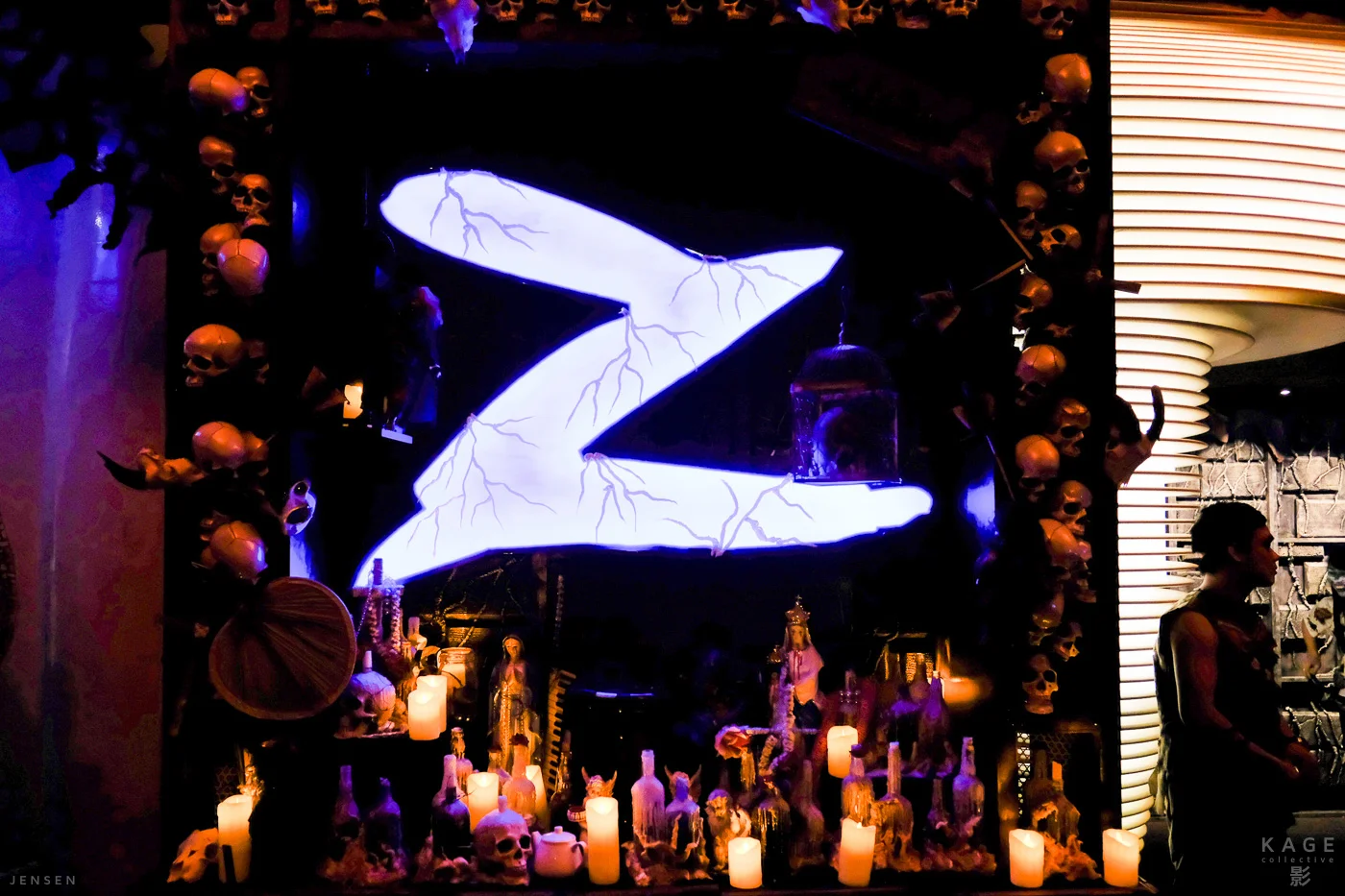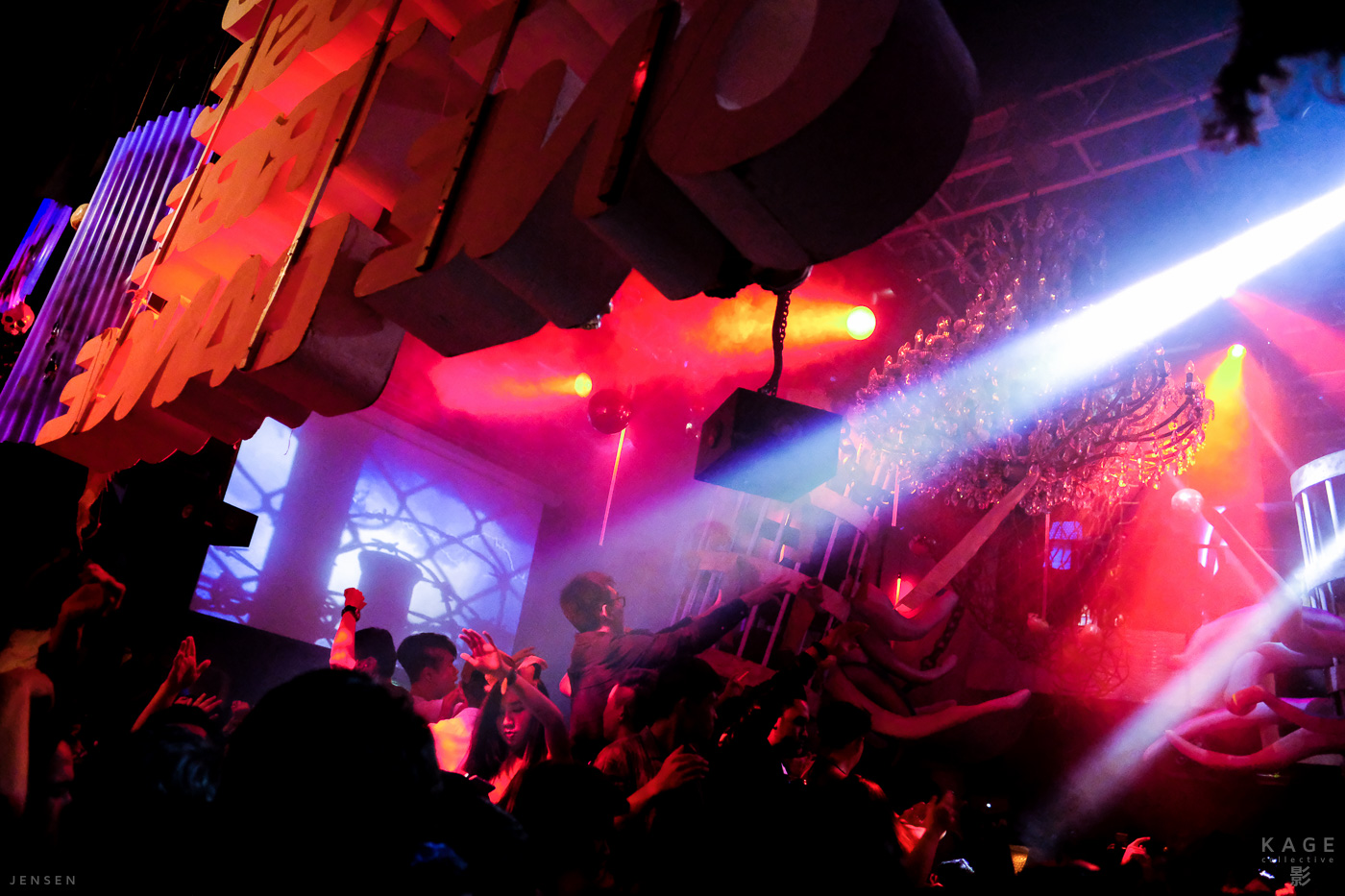HELLO LITTLE CAMERA | KEVIN MULLINS
I think it’s fair to say we’ve all be waiting a long time for the Fujifilm X-Pro2. Well, today, it’s here.
Firstly, I think those photographers all over the globe that fell in love with the ergonomics and aesthetic of the X-Pro1 have to congratulate Fujifilm on their unwavering belief in the form, shape and tactility of the camera – for the X-Pro2 is almost identical. Which is a great thing.
I received a pre-production version of this camera back in November 2015 and all the images in this section are shot on that pre-production camera. For that reason, don’t expect RAF files for comparison; the images you see here are from the JPEG images the camera has made using the new high performance X Processor in the camera. So, as part of my own little promises to myself, when I’m making notes about a new camera I want to show the very first image I ever took. It’s not exactly interesting, but was taken around 30 minutes after the camera was given to me:
I told you it wasn’t very interesting. But what, perhaps might be more interesting is the fact that this image is shot at 12,800 ISO. This image is totally untouched and straight from the camera using the B&W+R film simulation
This is possibly a good time to interject with the relevant technical details of the new camera:
- Newly developed 24.3MP X-Trans CMOS III sensor.
- New high-performance X Processor Pro image processing engine.
- The world’s first Advanced Hybrid Multi Viewfinder offering the benefits of both optical and electronic viewfinders.
- New focal plane shutter with a top speed of 1/8000 sec. and flash sync up to 1/250 sec.
- New graphical user interface design.
- Robust, weather resistant body meets the needs of professional photographers.
And here are a few other details that I have personally found very appealing whilst using the prototype:
- The direct AF selection joystick.
- Even though the new sensor is 24.3 MP, Fuji seem to have worked marvels on the low noise algorithm and it’s good to be able to shoot RAW files at 12,800 ISO now too.
- I’ve become addicted to the Acros film simulation.
- Some of you may not immediately find the ISO selection tool on the top dial easy to use – but believe me, give it one shooting session and it becomes natural.
- I like to shoot in AV mode quite often and I can now use exposure compensation to +-5 ev.
- The new sensor obviously creates large RAW files. Luckily, Fujifilm have included a new lossless RAW option which yields RAW files approximately 50% smaller (and I can’t notice any difference in the data or quality of the RAW file).
Here are some images I shot using the camera for the first time at a wedding:
Finally, for those who found the AF speed and Shutter lag of the X-Pro1 an issue: well, this has been addressed in its entirety by Fujifilm. I was genuinely astounded at the speed of shooting with this camera.
Acros & NEW Expanded Settings | Patrick La Roque
Fujifilm pride themselves on their film heritage, something that's always been evident with the film simulations included in the X-Series cameras. What at first seemed like a gimmic on the original X100 has, in my opinion, proven to be a significant feature. This is where the company's personality shines through—the introduction of Classic Chrome a little over a year ago made this abundantly clear. It may be anathema to anyone who considers raw the only serious image format, but I ditched the raw-only dogma when I switched to Fuji cameras five years ago and never looked back. I've published and printed and delivered JPEG images. Sue me.
I already knew the Acros black and white film simulation would be introduced with the X-Pro2 and was looking forward to seeing the results. What I didn't expect were expanded image controls, allowing us to customize our files even further. Where previous cameras offer a range of plus/minus 2 on all settings, the X-Pro2 now includes varying intensities. Here's a list of possible modifications:
- Highlight Tone: -2/+4
- Shadow tone: -2/+4
- Color: -4/+4
- Sharpness: -4/+4
- NR: -4/+4
Monochromatic
My first reflex was of course to experiment with Acros. According to Fuji, the simulation "produces smooth tones, deep blacks and rich textures that are far superior to conventional monochrome modes". I've always had a custom black and white setting on my X-Series cameras, boosting both highlights and shadows to create more contrast, so I was very curious to see what could be achieved. In a side by side comparison with the older B mode, I first had to admit the differences seemed rather subtle—at least for the subject I was shooting. But once I started combining the new simulation with the expanded custom settings, things got interesting: there seems to be a built-in tone curve in Acros that holds up much better once you start tweaking those in-camera settings. In fact, it feels as though this is what Fuji engineers intended when they created this mode, which makes sense when you think about it; they are being introduced simultaneously after all.
I've found Acros mode to indeed create a more graduated image when pushed, in both shadows and highlights, while still maintaining contrast. In fact it looks a lot like how I process my images in Lightroom...hmm...there goes that workflow. But that's the entire point here: just like Classic Chrome allows me to create files that are much closer to my intended final results, Acros in turn does this for black and white. Below are two Acros files straight out of camera followed by a few more images shot using the new simulation over the past few months (all with a pre-production X-Pro2):
Variations
I also wanted to play around with the new range of settings available, if only to see where this could lead. So here's a technical line-up showing off possible contrast variations including colour, black and white and the new grain simulator:
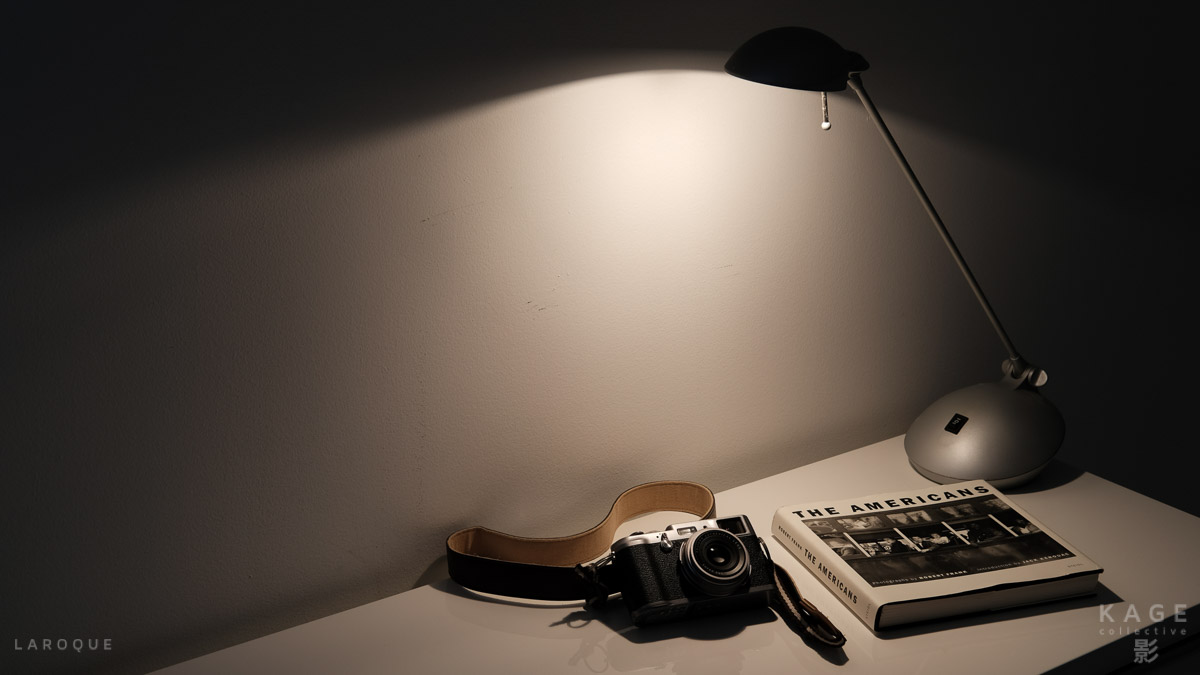

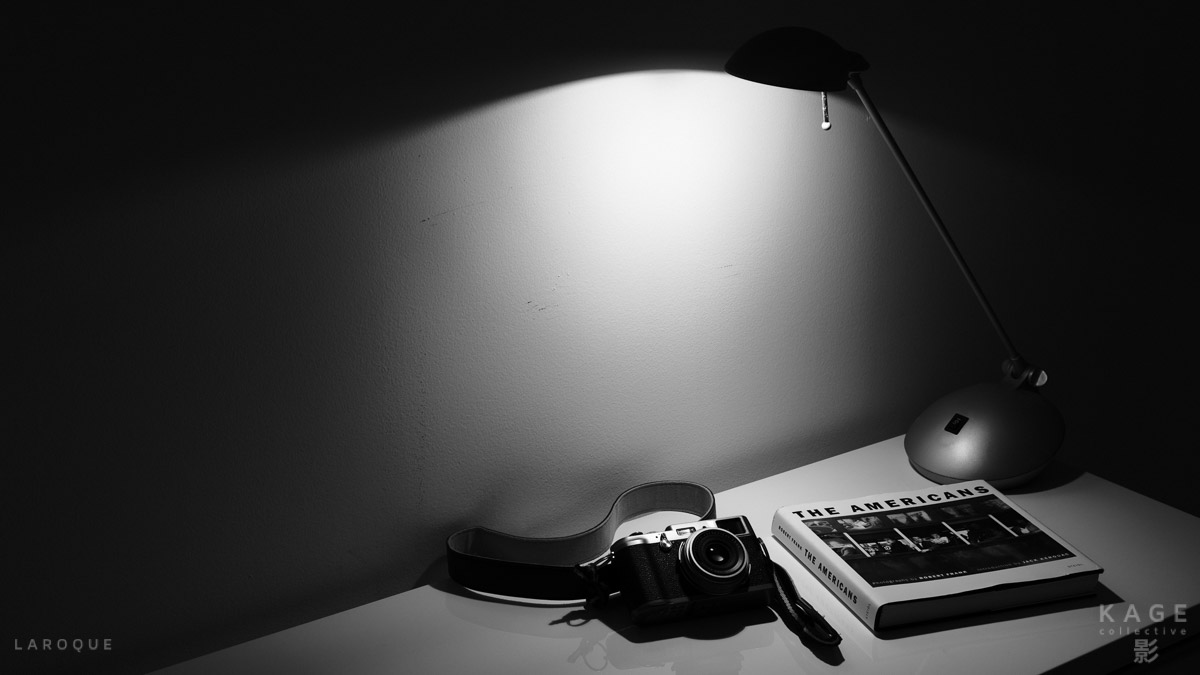
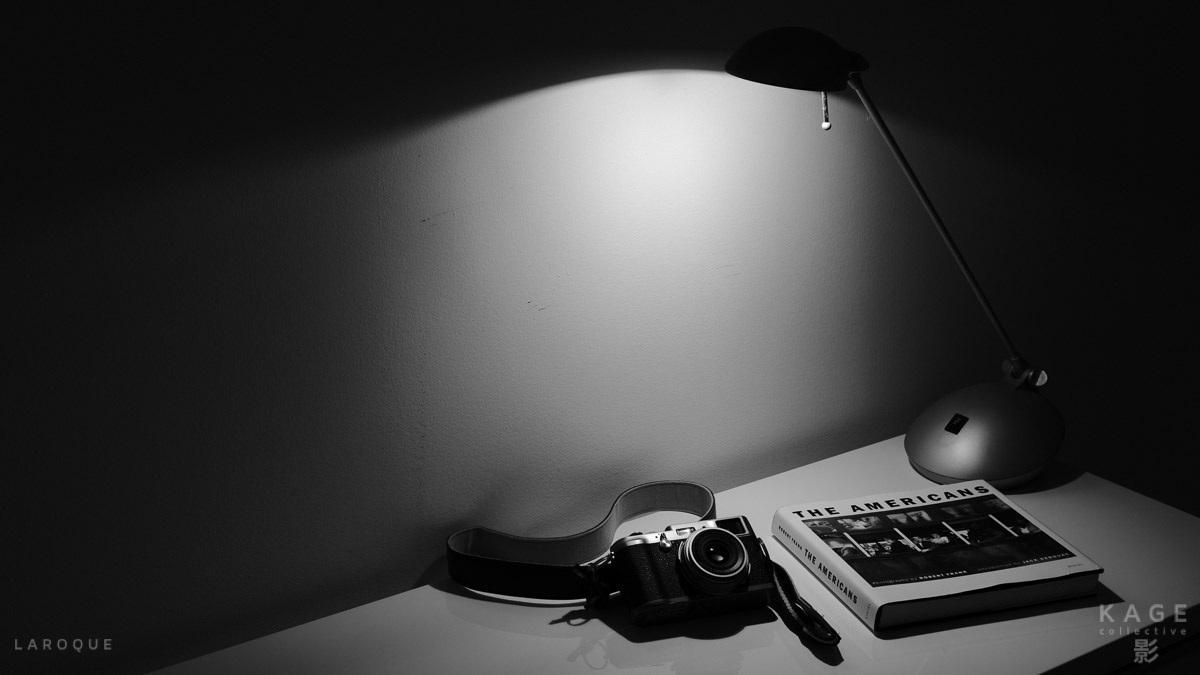
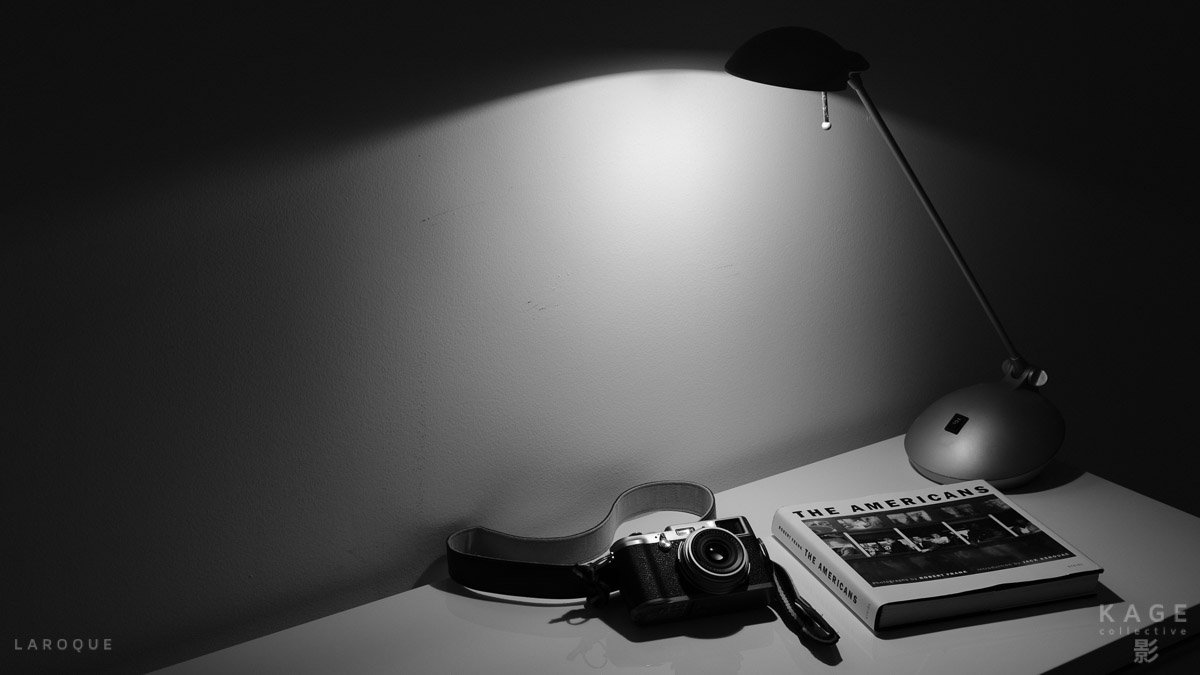
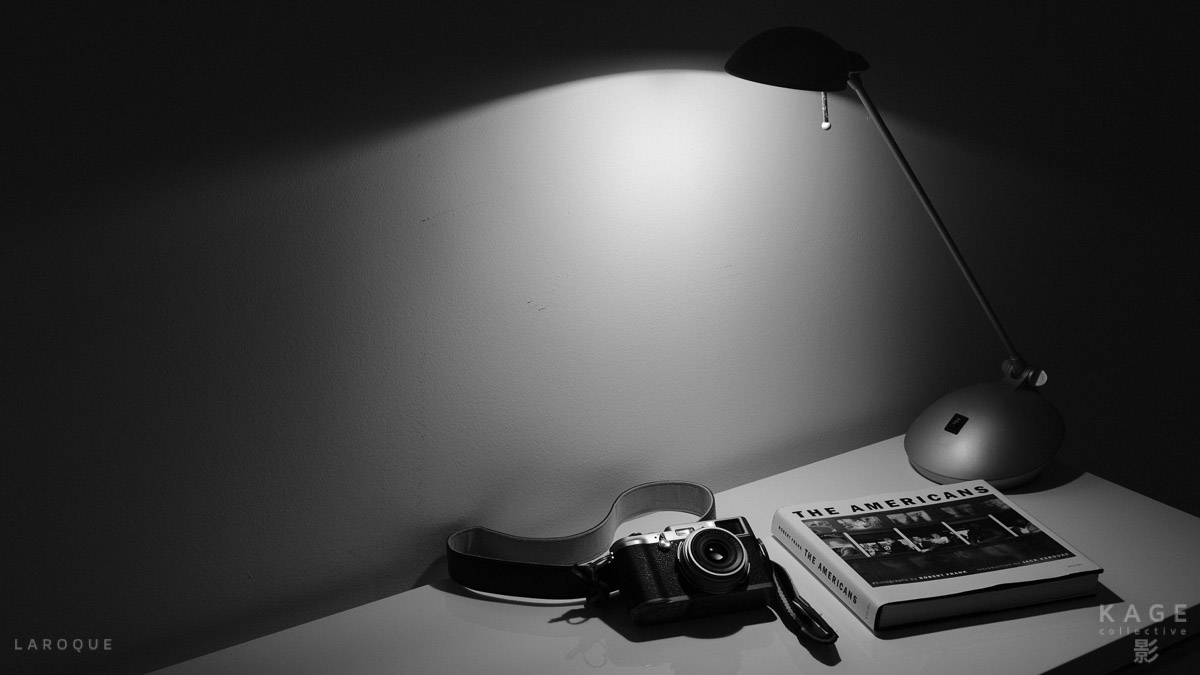
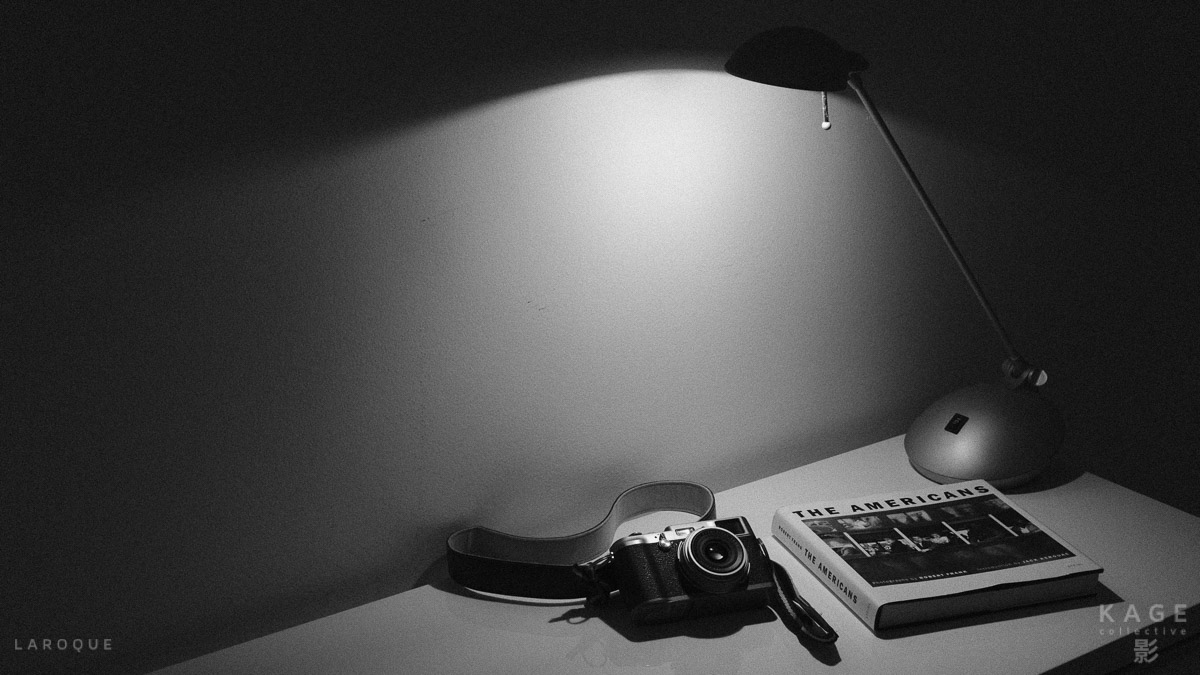


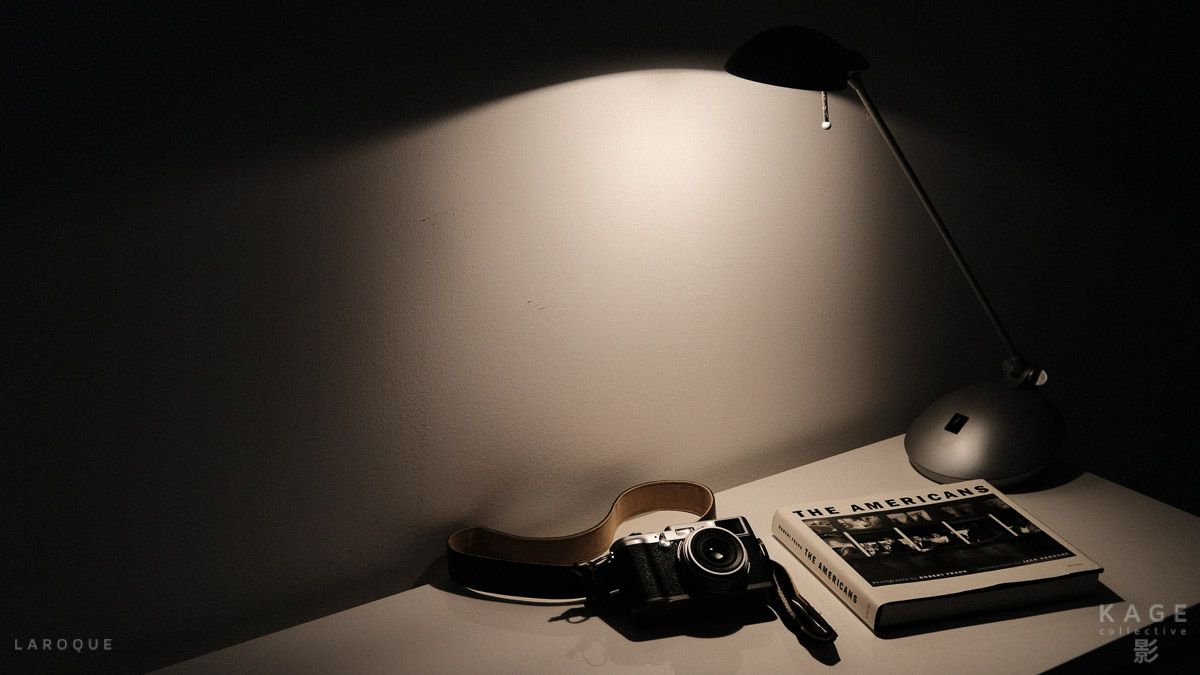
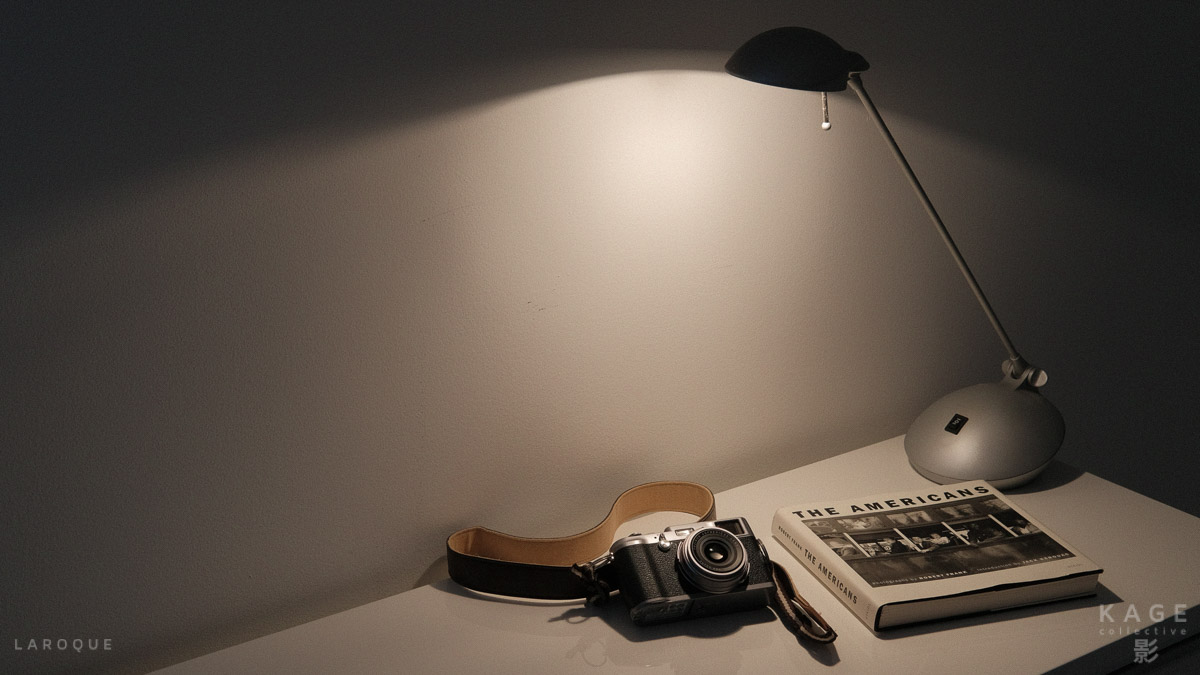

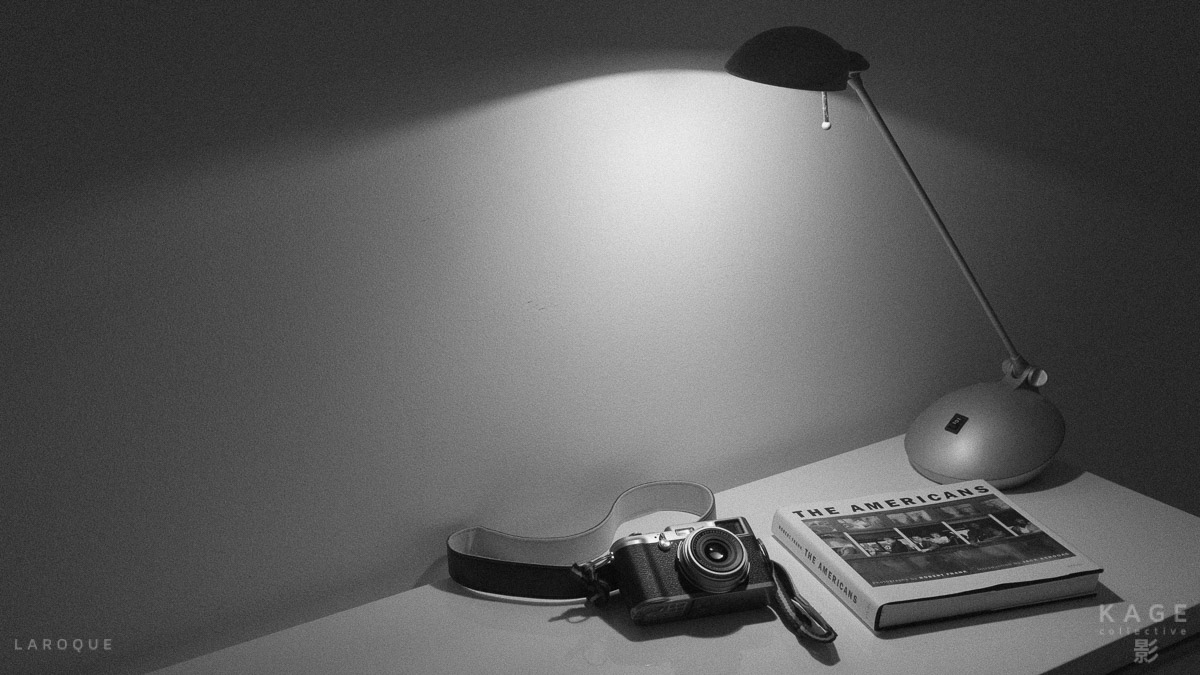
Once processed, different variations will obviously yield different results. Here's an example of two files processed the same way, except for the contrast version being pushed back up in post:
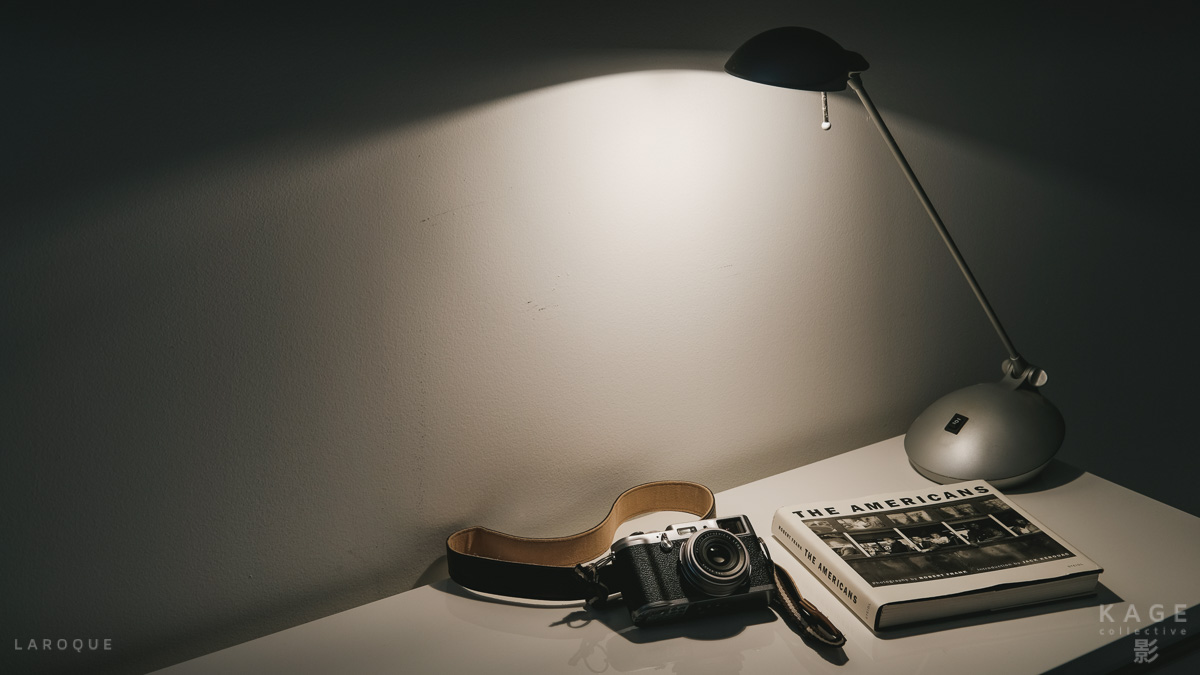
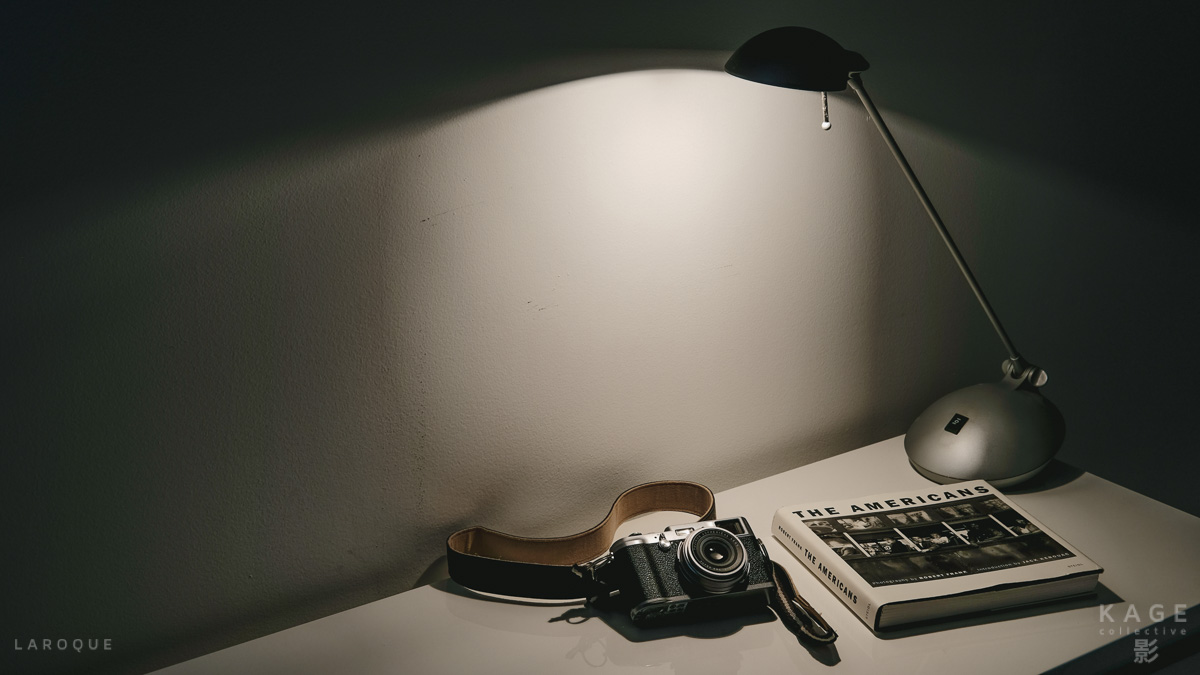
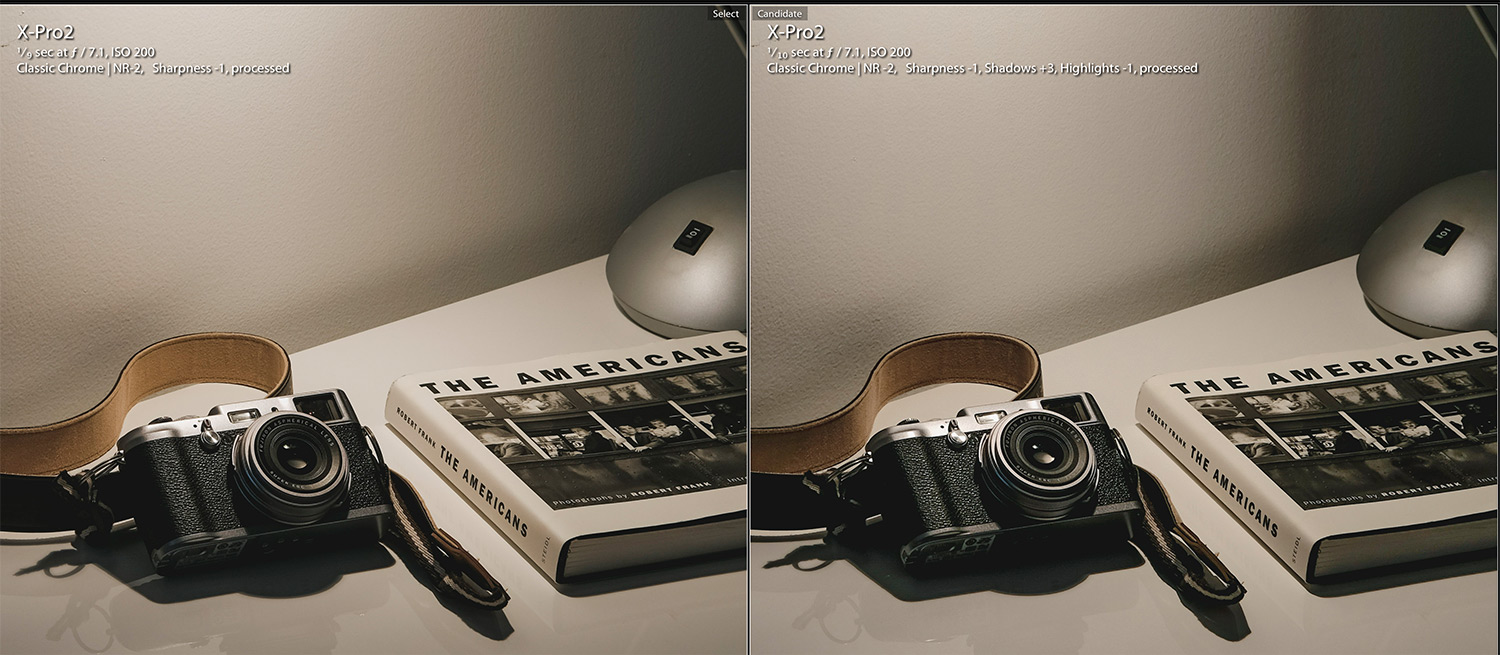
Here's Grain Weak vs Grain Strong on the same high contrast variation:
Left is weak, right is strong.
I'm not entirely sold on the grain engine but I'll be curious to see how it looks in print (which is how Fujifilm expects it to be used according to the release notes). It's a very tight high frequency grain structure.
Overall I can't help but feel the X-Pro2 brings us closer to the SOOC dream—even though I'll always consider processing an integral part of photographic work. It'll be interesting to see if any of these features trickle down to other X bodies through firmware updates — some of these functions may be tied to the new X Processor Pro. But whatever happens: it certainly shows us a glimpse of the future.
Oh and the camera as a whole? Bloody fantastic.
More please.
MUSIC PHOTOGRAPHY | FLEMMING BO JENSEN
I work as a music photographer and I have shot gigs with the Fujifilm X-100 (the original), the X-Pro1, the X-E2 and the X-T1. For the past nearly two years my camera of choice has been the X-T1 and it is an incredible performer at gigs. It is almost the perfect music photography camera, so how would the X-Pro2 fare?
I had the chance to find out just a few days after receiving the X-Pro2, when Zouk Singapore very kindly allowed me to photograph their Halloween party. Later on, in December, Club kyo in Singapore very kindly allowed me to shoot when the legendary Francois K played. What follows are my main impressions.
I LIKE
- The new 24.3MP X-Trans CMOS III sensor. ISO 12,800 oh yeah! Almost all of my work requires at least ISO 6400 so low noise capability is extremely important to me. The lack of noise at high ISO is spectacular. I thought the X-T1 was fantastic, but this is mad good.
- The fast shutter. It is practically instant, it has a great feel to it, and sounds nice as well. It is such a pleasure to shoot with and makes it easier to capture fast moving action and lights.
- The new super fast X-Processor Pro image processor. The camera is just in general fast responding and I especially like how fast the startup time now is.
I DISLIKE
- The AF-L “back focus” button. On the prototype, the AF-L button is so recessed that it is unusable (this will apparently however be fixed in the production models). For me, the AF-L button is also in a place that is almost unreachable. Fortunately the AE-L and AF-L buttons can be swapped in firmware, this is better but still not great. It continues to puzzle me that Fujifilm do not seem to understand that a lot of us shoot 99% of the time in manual mode using back button focus.
- The new ISO wheel. This is the second ISO wheel design on an X-camera, and here we have ISO selection built into the shutter speed wheel. It is different but not better than the ISO wheel on the X-T1, which I am not a big fan of either. Again, this is a button I use all the time and I really dislike using this new wheel while shooting.
- No flip screen. The flip screen on the X-T1 is an amazing tool that enables me to easily shoot from high or low positions, and I miss having one on the X-Pro2.
- Smaller viewfinder. For working in pitch black nightclubs there is just nothing like that X-T1 viewfinder, the sheer size of it is like having night vision goggles. The X-Pro2 viewfinder is a lot smaller and I do really miss the X-T1 viewfinder.
SUMMARY
Shooting music, especially electronic music gigs which tend to be dark as the night, is often pushing the camera to the limits. In this respect, the amazing image quality and low noise of the new X-Trans III sensor is fantastic and much better than the X-T1. The X-Pro2 also responds a lot faster, feeling practically instant. There are however some things where the X-T1 really shines, in particular that amazing huge viewfinder and the flip screen. Overall, the new sensor probably will win out and I will end up using the X-Pro2 for most of my electronic music gigs but I am undecided for now and need to use the X-pro2 at more events.
Read the full review of using the X-Pro2 at music events on my blog.
GALLERY
A small selection of music images made with the pre-production X-Pro2. Thank you Zouk Singapore and Club kyo in Singapore.
THE PORTRAIT PERSPECTIVE | BERT STEPHANI
Even though the X-T1 brought significant technological improvements, the X-Pro1 has always remained my favourite camera for portraiture, mainly because I prefer the rangefinder-style shape over the mini-DSLR form. With the X-Pro2 I get the ergonomics of the X-Pro1 with the functionality of the X-T1 … and more.
The X-Pro2 feels just fine in my regular sized man hands. After retraining my muscle memory for a couple of days, all the buttons and dials seem to be at the right place. If you are right eyed like me, the viewfinder on the side gives you the benefit of not being hidden behind the camera. With a DSLR-style camera, even a small one like the X-T1, the camera hides most of the photographer’s face. For me it’s very important to build a rapport with my subject. With a camera that isn’t a barrier between us, I find it a lot easier to connect to the sitter.
For me, the X-Pro2 is made to be used with prime lenses. With bigger, heavier zooms like the 16-55 or the 50-140 the camera is less well balanced than an X-T1 with the battery grip, particularly when shooting vertical.
The improved AF and the ability to quickly change focus points with the new joystick make life easier. I often shoot with a very shallow depth of field, so the focus must be absolutely spot on. There are also some improvements in the shutter speed department. The mechanical shutter now goes up to 1/8000 and if that’s not fast enough, you can use the electronic shutter for even faster speeds when using a wide open aperture in a bright environment. Finally, we also get the industry standard 1/250 flash sync speed which is good news for anyone who likes to combine ambient light with flash.
The X-Pro2 has the kind of wifi-connectivity we’ve seen in all the latest cameras and can print straight to the Instax Share SP-1 printer. As I often want to send a quick picture to the subject for social media use or give them one of those little magic Instax prints, this is a great addition to build connections.
For portraits I often use the Astia and the Black and White with Red Filter film simulations. These are still there and we get more control over the degree of noise reduction, shadows, highlights and sharpening in camera. There’s also the new Acros black and white film simulation which I found to be very pleasing in some portrait situations. Your preferences may vary from mine but more options and more control are better for everyone.
The X-Pro2 has a new sensor that packs about eight more megapixels but the Fujifilm magic is still presents. I also figure, I can go up one more stop in the ISO settings compared to the X-T1. I’ve been doing a number of test portrait shoots with a prototype of the X-Pro2 and there’s only one thing that I didn’t like … I couldn’t share my enthusiasm because the camera had to remain a secret … until now. So here it goes: Yihaaaaaaa, the X-Pro2 is here and it’s everything I expected and hoped it would be.
GALLERY
STREET SHOOTER | CHARLENE WINFRED
Picking up the X-Pro 2 for the first time felt like returning to some kind of photographic home. It hits all the right notes with the amazing new X-Trans CMOS III sensor and shutter, which manage to improve on already sensational low light handing and responsiveness. Its shape is still delightfully discreet, with the classic styling that the X-series is known for.
There are a heap of improvements and new additions:
- The new 24.3MP X-Trans CMOS III sensor that gives us native ISO 12,800 (the camera can officially see better than my eyes)
- That fantastic new shutter which is fast - up to 1/8000 sec - and delightfully responsive
- Dual card slots
- New Acros film simulation
- Exposure value compensation of up to +/- 5 with with the new C mode
And a whole bunch more which I won't address here because they are features that I haven't used. There is plenty I love about it, a few things I don't like so much, and other things which just leave me confused.
But all that aside, the thing I really love about the X-Pro 2: It feels right at home in my hands.
When I say "right" I mean "like the X-Pro 1," which was my first X-series camera, and together with the XF 35mm f1.4, the only camera gear I had for 2 years. I'm used to the weightiness of that set up, its dimensions, how it performed, and importantly, how the set up made me perform. The X-Pro 2 takes all of that and improves on it. The same no-frills, black rectangular box styling still calls little attention to itself on the street, while all that great technology under the hood goes to work: faster, less laggy shutter, improved low light and noise handling ability, make changing (read: rapidly fading) light and wet weather (the X-Pro 2 is weather resistant) a little easier to handle.
The X-Pro 2 brought back the pleasure and intuitiveness of a camera that was an old friend. It was good to have the new X-series flagship back in my bag.
A more detailed review can be found here: http://charlenewinfred.com/2016/01/15/xpro2/
